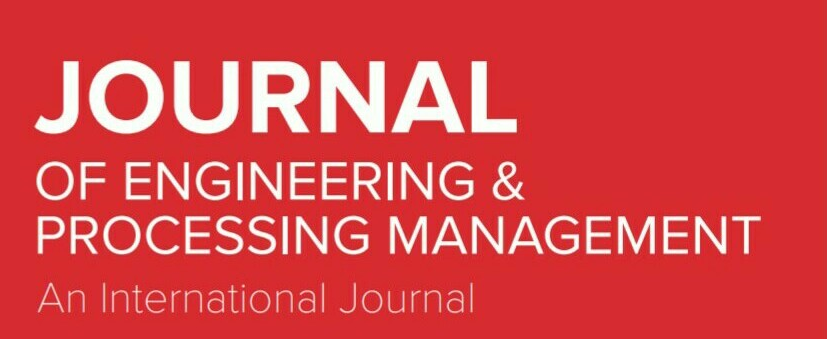Implementation of the electrohydrodynamics’ perfect dielectric model in OpenFOAM®
DOI:
https://doi.org/10.7251/JEPM2202066BAbstract
The electrohydrodynamics’ (EHD) perfect dielectric model was added into computational fluid dynamics (CFD) software OpenFOAM® in order to improve its usability for the EHD field and specifically for the mentioned model. Based on the investigated literature, it can be said that this is the most complete implementatiton of the said model. Two sets of numerical simulations with two different fluids are presented and analyzed. One set is one-dimensional. The other set is with a drop of one fluid surrounded by other fluid. Oscillations can be observed with certain expressions or calculation strategies for the electrostrictive force, and used for disregarding them. Results that are closer to analytical predictions can be obtained by using appropriate expression for the dielectric force. The electrostrictive force was implemented not only for nonpolar, but also for polar fluids, and it is shown that it might significantly influence the drop deformation. Calculated and analytically predicted drop deformations were close or comparable even up to around 0.25, what is significantly higher and different from a previous study made by other authors. Different expressions for the electric permittivity and usage of limiters for volume fractions were investigated. Conclusions from this paper can be transferred to more complicated models.

